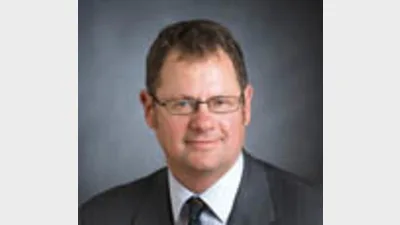Super no longer a safe haven from creditors



|
|
Individuals going into bankruptcy risk losing some of their superannuation if they have used the system to avoid paying creditors.
Recent changes to the bankruptcy laws now allow creditors to claw back contributions if they were made to avoid payments.
Wallmans Lawyers taxation partner Stephen Heath said in these situations, the protection of superannuation monies is limited.
“Superannuation has long been considered a safe haven from creditors,” he said.
“However, changes to legislation governing superannuation and bankruptcy have now taken effect.
“It means that loading up superannuation contributions when creditors are knocking on the door is unlikely to be an effective protection.”
The amendments to the bankruptcy laws have been designed to stop this practice, although genuine contributions towards a retirement income are still allowed.
Heath said if a person was making regular contributions up to their bankruptcy, the funds would be safe.
It is only large lump sums deposited in a superannuation fund weeks before bankruptcy that are at risk.
But many parts of the law still have to be tested in the courts and fund trustees have a role to protect members’ superannuation assets.
“The changes remain relatively untried in the marketplace, but the fact is that we have a significantly different landscape now to what it was in the past,” he said.
“There remains some confusion over what funds within superannuation are protected from bankruptcy trustees.”
Historically, superannuation funds up to $1 million were protected from creditors.
“The position now is one of potentially unlimited protection, subject only to ‘clawback rights’ in relation to contributions designed to avoid creditors,” he said.
However, contributions made before July 28, 2006, are still protected as they fall outside the current legislation.
For people seeking bankruptcy protection from their creditors, there are further problems if they are the trustee of a self-managed superannuation fund, Heath said.
Under the Superannuation Industry (Supervision) Regulations 1994, a trustee cannot be a bankrupt, which means they will have to find an alternative arrangement.
“Because the fund is non-complying, the problem is the trustee may not have the legal right to make decisions about who will take over running the fund,” he said.
“An independent trustee can’t be appointed, as they are probably not a member of the fund.”
An alternative is to make the fund Australian Prudential Regulation Authority-regulated, which would allow an independent trustee to be appointed, Heath said.
Recommended for you
A strong demand for core fixed income solutions has seen the Betashares Australian Composite Bond ETF surpass $1 billion in funds under management, driven by both advisers and investors.
As the end of the year approaches, two listed advice licensees have seen significant year-on-year improvement in their share price with only one firm reporting a loss since the start of 2025.
Having departed Magellan after more than 18 years, its former head of investment Gerald Stack has been appointed as chief executive of MFF Group.
With scalability becoming increasingly important for advice firms, a specialist consultant says organisational structure and strategic planning can be the biggest hurdles for those chasing growth.










